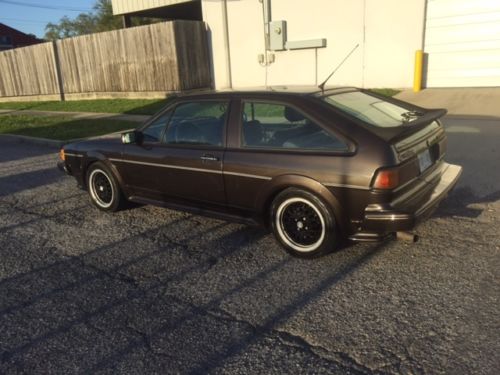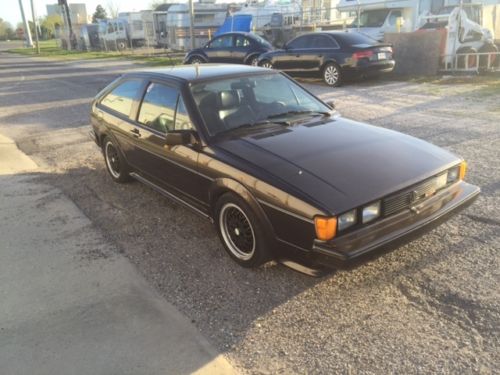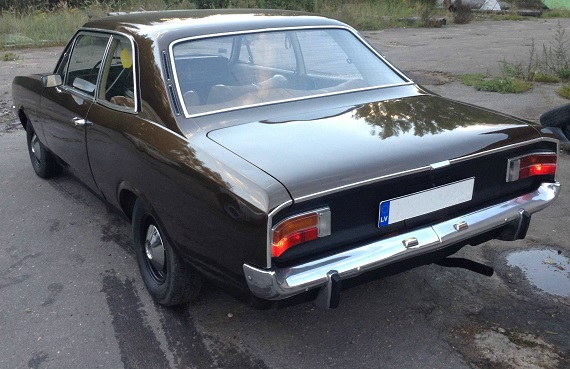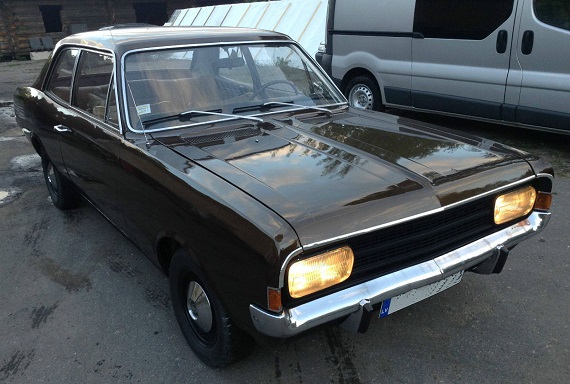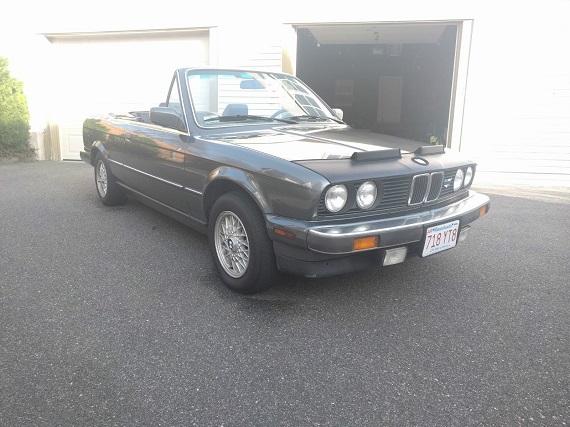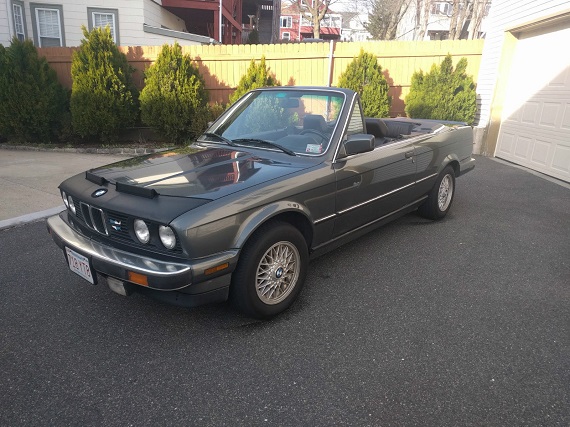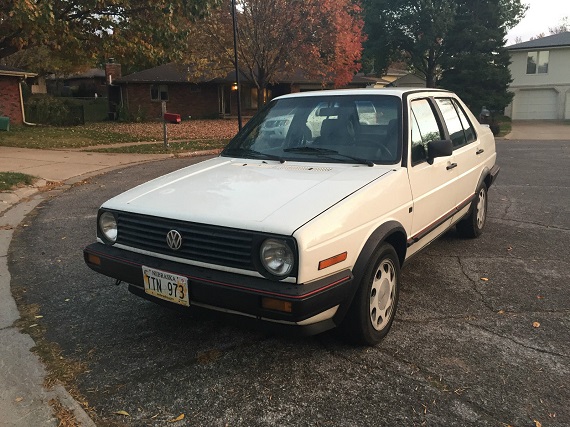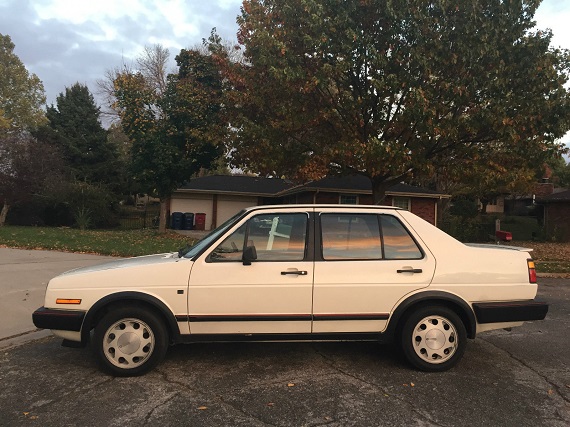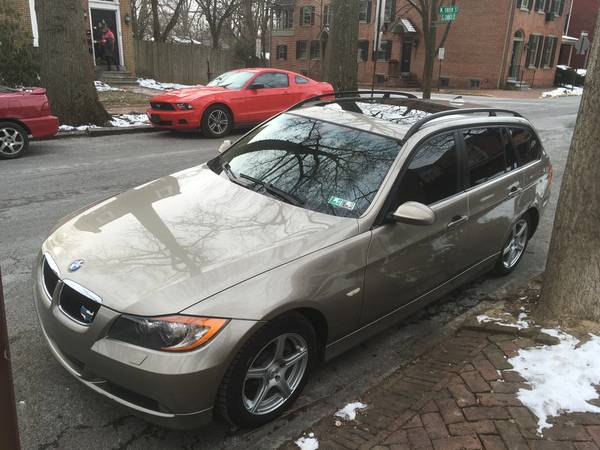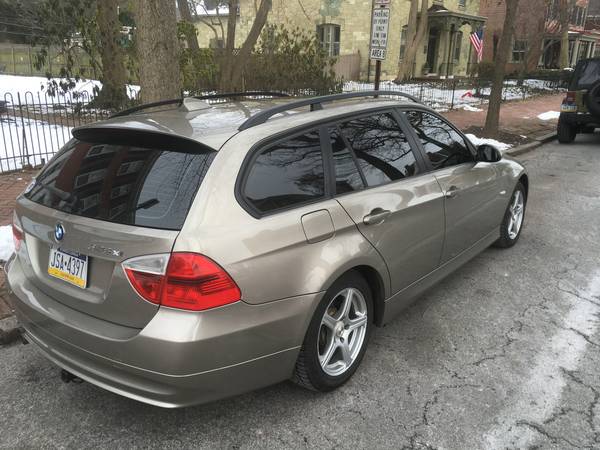While we look at collector-grade automobiles more often than not, it’s always nice to ponder driver-quality cars too. I’ve made the conscious decision several times to not buy the nicest example of a car that I could find, instead trying to rehab a car that had been languishing and might otherwise have been forgotten. I’m now on my fifth example of this, and while economically it might not be the best plan there is something rewarding about salvaging a car and bringing it back from the brink. However, usually such examples are priced accordingly; I bought my 1984 GTi for $300, for example, and the same amount bought me a 200 quattro Avant about a decade later. Once I paid a staggering $800 for a Golf with nearly 200,000 miles on it, and the seemingly decadent V8 quattro set me back $2,000. All gave me lots of automotive joy – not the get in, nothing is wrong type, but if you cue the Sarah McLaughlin and sad puppy dog eyes roll across the screen, I can see the hope in salvation of nearly every car. There’s always something that’s good, right? In the case of today’s quarter-million mile Scirocco, there’s a lot that’s good:
Author: Carter
One of the joys that continues to drive my automotive interest is seeing cars that aren’t often discussed day to day. They may not be the most attractive, best selling or performing cars ever made, but regardless it’s because of their infrequency that they’re neat to see. No one would claim any of the previous traits for basically any Opel model ever produced. But in what can become a sea of Porsche 911s and BMW E30s, strolling across a clean early 1970s Opel coupe can really be a breath of fresh air. Let’s stop for a moment with our usual programming and take a look at this 1971 Rekord C:
CLICK FOR DETAILS: 1971 Opel Rekord C on eBay
1 CommentApril 2017 update: The seller of this car has relisted it HERE!
It’s very interesting to me to look back and compare the 1980s offerings from the big three luxury producers in Germany. In many ways, BMW lagged behind the competition early on. Audi launched the B2 chassis in 1980, and it revised the standards of the near luxury market for Germany. There were diesel and gas motors, two or four-door configurations, and even a wagon from sister company Volkswagen. But the real addition gearheads loved was the wide-winged turbocharged and all-wheel drive Quattro, the first of the hot versions that would come to the market for junior executives. Indeed, it was the Quattro that changed the future of the W201, as Mercedes-Benz changed the mission of the future 190E 2.3-16 Cosworth from rally to circuit racer. So, Mercedes-Benz had a track version of the W201, and it also set the standard in build quality. Bringing those reputations to the small luxury market meant a whole new class of clientele and the W201 was massively successful thanks to a bunch of factors. While VAG produced about 1.6 million B2 chassis cars between 1976 and 1987, an amazing 1.8 million W201s made it to market. Those successes put more pressure on BMW, and it responded.
The E30 was without doubt the sportiest of the three out of the box, and just like the B2 is was amazingly versatile. There were sedans and 2-door sedans, and BMW was able to match the Volkswagen Passat with a Touring offering. Hot shoes liked the addition of the Motorsports division M3, which not only met the challenge of the Quattro and Cosworth but exceeded it by nearly every measure. Build quality was great but performance was even greater. But BMW wasn’t done, as it took the versatility – and the small executive market – to a new level. Not satisfied with the diversity of the range already, the Munich engineers introduced a trump card over its rivals by removing the roof. An often overlooked development in the hot E30 market, the ic models would set the standard and demand responses from its rivals.
CLICK FOR DETAILS: 1987 BMW 325ic on eBay
1 CommentWith the exception of the short-lived Jetta TDi Cup Edition, Volkswagen has denied U.S. fans something that it’s offered in Europe for several generations – the sporty versions of its diesel products. They go as far back as the mid-1980s and made lots of sense in European countries were greater fuel economy trumped the need for speed. But that lack of importation hasn’t stopped some from creating their own anti-sleepers. What started life here as an early Jetta GLi 16V has gone through a unique swap to an equally if not more rare Ecodiesel-spec 1.6 turbo motor. You get the sporty look and interior from the GLi with all the clatter and fuel economy of the diesel:
